What is Mitchell Syndrome?
A scary diagnosis.
A confusing disease.
A helpful description.
As long as children have had genes and neurological problems, some of them have had Mitchell Syndrome. However, the disease is so rare that it went unidentified for all of human history. It also presents differently in different people, making it hard to categorize. And it’s only with genetic sequencing—a recent development—that researchers have identified the genetic cause of this illness. As of June 2022, we are aware of 15 people—children, teenagers, and adults—who have been diagnosed.
So what is Mitchell Syndrome?
Here you’ll find a short explanation—and at the end of this description, a link to additional resources for those who want more.
The short of it is that Mitchell Syndrome results from a genetic mutation on the ACOX1 gene of a child’s DNA. This single mutation is likely not passed down from parents, but happens accidentally in the embryonic stage of a child’s life. It results in a broken process within a child’s peroxisomes, which are small bodies inside our cells which break down fatty acids into energy and other materials needed for proper cell function. As a result of the ACOX1 mutation, the peroxisomes metabolize (break down) these chemicals too quickly, producing an abundance of hydrogen peroxide, which is a byproduct of this process. Normally, cells can rid themselves of hydrogen peroxide. In the case of children with Mitchell Syndrome, however, the cells get overwhelmed. While useful in certain amounts, hydrogen peroxide is a very toxic chemical and can slowly destroy cells—as it does in children with this disease.
Interestingly, this buildup of hydrogen peroxide is most destructive in a certain kind of cells: Schwann cells, which make up the myelin sheathing around nerves. Myelin sheathing is a protective coating that allows nerves to conduct signals from the brain and body. This damage to the myelin inhibits things known as axons—the nerve “cables” running from the brain to the body. As a result of this axonal damage, a child develops mobility and balance problems, and slowly loses gross and fine motor skills. Hearing, eye, and skin problems are also common, and sometimes—as the disease progresses—cognitive decline.
As mentioned, Mitchell Syndrome presents differently in different children. For some, cognitive decline develops early—for others, late. We don’t understand yet why there are differences in age of onset, type, and severity. Note also that Mitchell Syndrome is related to other “peroxisomal disorders,” including ACOX1 deficiency. While both Mitchell Syndrome and ACOX1 deficiency involve mutations on the ACOX1 gene, they are distinct diseases with different symptoms and presentations.
Gene therapies exist which might help children with Mitchell Syndrome, but the technology is not yet developed or available. Additionally, a possible treatment exists which might help mitigate the effects of the disease. A relatively simple antioxidant (N-acetylcysteine amide, or NACA for short) could slow the damaging effects of hydrogen peroxide in Schwann cells. Unfortunately, that medicine is experimental, untested for this purpose, and not yet available for children with Mitchell Syndrome.
That’s the short of it, but there is a long to it. For parents and people who want to understand the genetics, bio-chemistry, and neurology of Mitchell Syndrome, we’ve prepared a thorough explanation of the disease, and posted it along with other helpful resources. Click on the links below.
